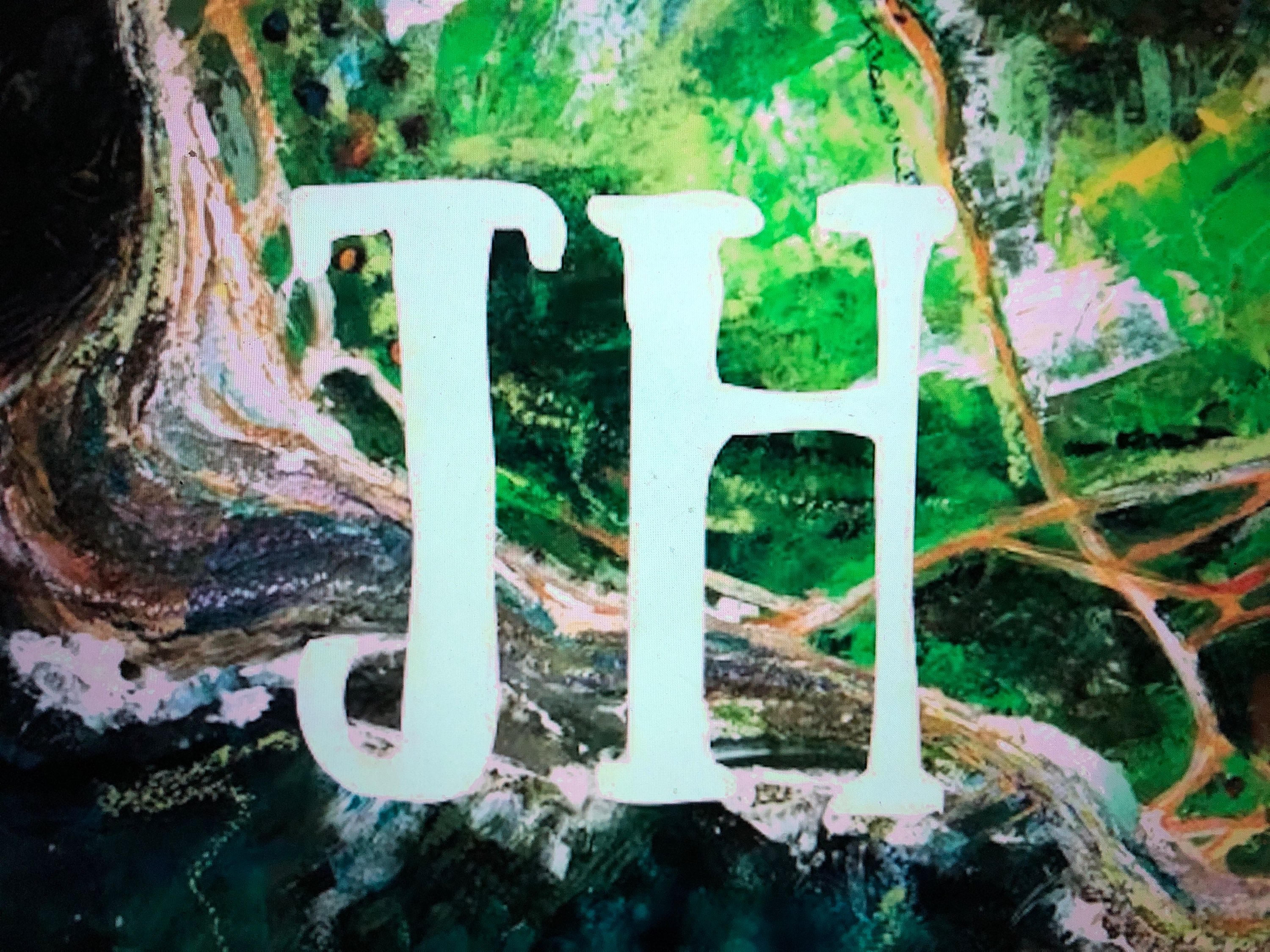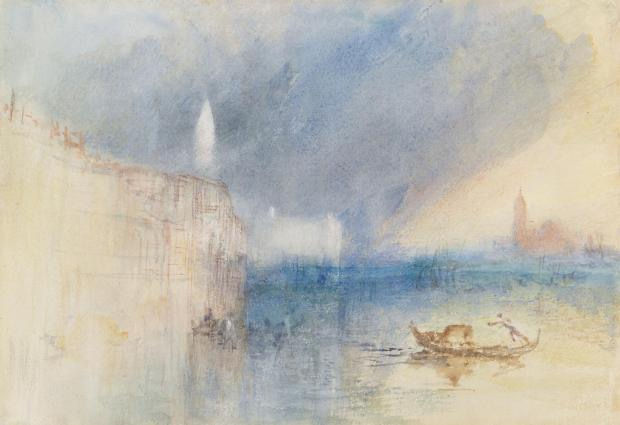Turner in January: Ireland’s Vaughan Bequest Exhibition, January 2025
- jackieholmsartist

- Jan 9
- 3 min read
Updated: Feb 11

January has always had its rituals, and for many in Scotland, the annual display of JMW Turner’s watercolours is a cherished tradition. But this year, 2025, marks a truly exceptional moment. The National Galleries of Scotland are celebrating Turner’s 250th birthday with an extraordinary, free exhibition that expands the horizons of this beloved event.
In a unique collaboration, Turner in January: Ireland’s Vaughan Bequest brings over 30 of Turner’s watercolours from the National Gallery of Ireland to the Royal Scottish Academy building. For the first time, visitors in Scotland can immerse themselves in a stunning cross-section of Turner’s career, enriched by works rarely seen outside Dublin. The partnership also sends the Scottish Vaughan Bequest watercolours to Dublin.
My own relationship with Turner’s work began in school, when I first encountered his watercolours and found myself puzzled by their acclaim. What was it, exactly, that made these pieces so revered? Now, as a practicing artist, I approach the exhibition with a different lens—not to question how he painted, but why. What drove Turner to select these subjects and execute them in such a way? Was it for visual memory, study, or joy?
This new exhibition offered far more than just the works themselves. The curatorial team provided insightful guides that illuminated not only the what and how but also the why. Through these notes, I discovered Turner’s early classical studies of the 1790s, preparatory works for etchings and book illustrations, and the transformative influence of his travels across Europe, especially in Italy. The shift in his style—from meticulous depictions to impressionistic and expressionistic explorations—becomes understandable.
What is really lovely is the chance to analyse Turner’s techniques up close: the delicate scrapings into wet paper, the precise graphite underdrawings, and the intricate use of gouache. His experiments with a fine-nibbed pen filled with watercolour revealed a control that seemed almost contradictory to his reputation as a proto-Impressionist Romantic artist, but understandable from someone who had earned a living as an architect’s draftsman.

And yet, the passion and power synonymous with Turner are unmistakable. For someone as skilled as Turner was in the depiction of architectural city scapes he chose instead, when in Venice, to depiect the awe inspiring elemental haze of Storm At The Mouth Of The Grand Canal, Venice (circa 1840), the buildings barely visible, demonstrating his journey into the subjective. One highlight for me was a view of Edinburgh from below Arthur's Seat, with the Castle and St. Giles’ Cathedral framing the background. As a Scot, seeing my home rendered through Turner’s eye felt both familiar and new—a connection to a moment in history - Holyrood park depicted with cows grazing in the foreground and the dome of St Giles, where I once worked repairing the stained glass windows when at Edinburgh College of Art, in the distance.

The most inspiring and intriguing painting, however, for me was of Ostend Harbour, said to be created purely for Turner’s own pleasure. Unlike the preparatory sketches or commissioned works, this piece radiated a different energy, glorifying in the same beauty of nature that leaves us all in awe of her power. The white of the paper still radiating through the washes of colour, with layering laid down whith Turner’s characteristicly delicate balance between careful, skilled presicion and exuberant romanticism in a variety of emotive brushwork reminiscent of Van Gogh or Monet to come.
On a cold January day, Turner’s glorious washes of colour provided warmth and light and provides us with that connection to the wonders of nature that can so often be neglected during the winter months. This once-in-a-lifetime exhibition is more than just a collection of masterpieces; it’s a conversation across time, inviting us all to consider why we create.
Turner in January: Ireland’s Vaughan Bequest Exhibition is on at the Royal Scottish Academy, until Fri 31 Jan 2025, Open daily, 10am–5pm. Admission free



Comments